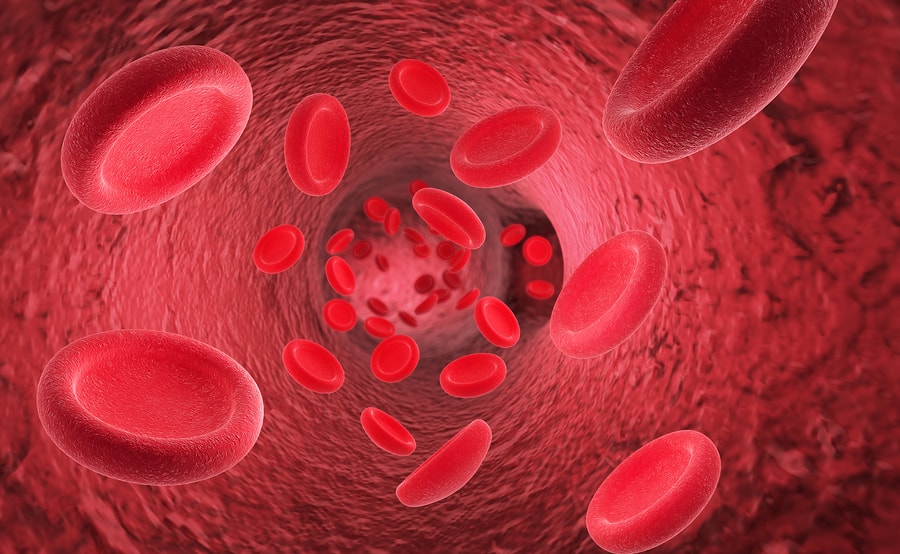The human body is a marvel of interconnected systems and functions, often giving us subtle signals about its state and health. Two such indicators, often understated yet profoundly relevant, are Mean Corpuscular Volume (MCV) and Mean Corpuscular Hemoglobin (MCH). When we talk about high MCV and MCH, we delve into a world where our blood reveals stirring stories about our well-being, pointing towards potential conditions, or simply reflecting our lifestyle choices.
Unmasking MCV and MCH: Simple Terms, Complex Stories
MCV: The Tale of Size
MCV refers to the average volume of red blood cells in a blood sample. It’s a vital component of a Complete Blood Count (CBC) test, giving crucial insights into the size of these oxygen-carrying cells. When MCV levels are high, it implies that the red blood cells are larger than normal, a condition known as macrocytosis.
MCH: A Story of Color and Capacity
On the other hand, MCH reflects the average amount of hemoglobin within a single red blood cell. High MCH indicates an elevated hemoglobin level, meaning the cells are darker and potentially more capable of carrying oxygen – at least to a certain point.
Interpreting the Underlying Narratives: Causes of High MCV and MCH
Elevated MCV and MCH might be underpinned by a myriad of causes ranging from nutritional deficiencies to chronic conditions. Understanding these underpinnings is crucial for appropriate medical responses.
Nutritional Deficiencies
One common culprit of high MCV and MCH is the deficiency in essential nutrients like Vitamin B12 and Folate. These elements are pivotal in red blood cell formation and their absence or scarcity can cause the cells to grow larger than usual.
Alcoholic Influence
Frequent and heavy alcohol consumption can wreak havoc on red blood cell production, leading to an increase in both MCV and MCH.
Medicinal Impacts
Certain medications, like antiretroviral drugs and chemotherapeutic agents, can impact MCV and MCH levels, elevating them beyond the standard range.
The Significance of Size and Color: Health Implications
When cells become larger (high MCV) and contain more hemoglobin (high MCH), they narrate a story that healthcare professionals read to deduce potential health concerns.
Anemia and its Different Facets
Macrocytic anemia becomes a potential diagnosis when faced with high MCV, whereas high MCH could point towards hyperchromic anemia.
Liver Disease
Elevated MCV, especially when accompanied by high MCH, could be indicative of liver disease, signaling a need for further investigative procedures.
Traversing Through the Diagnostic Landscape: The Journey of Identifying Issues
Clinical diagnostics pertaining to MCV and MCH extends far beyond mere numbers, embodying a detailed and critical exploration to uncover the root causes of these elevations.
Complete Blood Count (CBC) Test
A CBC test is the starting point, quantifying the MCV and MCH among other parameters, and setting the stage for deeper diagnosis.
Additional Testing
B12, folate levels, and liver function tests might be employed post-CBC to narrow down the potential causes of the high MCV and MCH.
Demystifying Common Myths: Knowing Facts from Fiction
In our exploration of MCV and MCH, it’s vital to demystify common myths and garner a true understanding of these parameters and their impact on our health.
A High Reading is Not Always Catastrophic
While elevated MCV and MCH could point towards underlying issues, it’s not always a signal of a severe health condition and must be read in conjunction with other clinical markers.
Not Solely Dependent on Lifestyle Choices
Although lifestyle choices impact MCV and MCH, genetic factors and chronic conditions also play a pivotal role in determining these levels.
Walking the Path Towards Balance: Reducing High MCV and MCH
Nutritional Optimization
Ensuring an ample supply of vital nutrients, especially B12 and Folate, is paramount in maintaining balanced MCV and MCH.
Moderating Alcohol Consumption
Minimizing alcohol intake can drastically improve red blood cell size and hemoglobin content.
Refined Medication Strategies
Collaborating with healthcare professionals to refine medication strategies can mitigate potential impacts on MCV and MCH.
Stories of Real People: Implications of High MCV and MCH in Daily Life
Impact on Physical Well-being
High MCV and MCH might translate to fatigue, weakness, and an overall diminished physical capacity.
Emotional and Mental Impact
Facing a health concern always carries an emotional and mental weight, making support systems and mental health care vital.
Conclusion: Beyond Numbers – A Holistic View on High MCV and MCH
High MCV and MCH, while valuable markers, are parts of an extensive narrative about our health, requiring a nuanced, empathetic, and comprehensive approach towards understanding and management. Navigating through the causative factors, potential health implications, and management strategies, it becomes evident that addressing these elevated levels is not merely a clinical endeavor but a holistic one, integrating medical, lifestyle, and emotional aspects. The stories that our blood tells through these parameters warrant attentive listening, thorough understanding, and a meticulous, caring response. This intertwining of science and personal well-being highlights the essence of modern healthcare – a blend of technical expertise and human touch, reading beyond the numerical tales into the deeper stories of individual health, wellness, and life.

